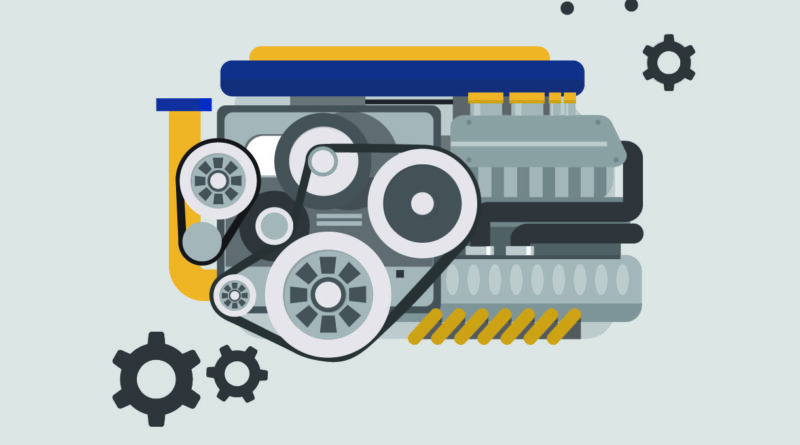Understanding the Inner Workings of a Starter Motor
In this article, we’ll delve into the mechanics of how a starter motor works, providing insights into its essential role in the ignition process. The starter motor is a small yet crucial component in your vehicle’s engine system, responsible for initiating the combustion process that brings your engine to life. See how engine works.
- The Role of the Starter Motor:
- The starter motor’s primary function is to turn the engine over and set it in motion.
- It operates when you turn the ignition key, engaging the engine’s flywheel or flexplate.
- Key Components of a Starter Motor:
- Armature: A coil of wire that rotates within the magnetic field.
- Communator: A segmented, rotating cylinder that helps reverse the direction of current flow in the armature.
- Electromagnetic Field Coils: Generate a magnetic field crucial for motor operation.
- Starting the Engine:
- When the ignition key is turned, current flows from the battery to the starter solenoid.
- The starter solenoid engages, connecting the battery to the starter motor.
- The electromagnetic field coils create a powerful magnetic field around the armature.
- Armature Rotation:
- The magnetic field interacts with the armature, causing it to rotate rapidly.
- As the armature spins, it turns the starter drive gear, which meshes with the engine’s flywheel or flexplate.
- Flywheel Engagement:
- The spinning starter drive gear engages with teeth on the flywheel or flexplate.
- This engagement initiates the rotation of the engine’s crankshaft.
- Ignition and Combustion:
- As the engine crankshaft starts to turn, it sets the entire internal combustion process in motion.
- Fuel is injected, and spark plugs ignite, leading to the engine firing up.
- Starter Solenoid:
- Acts as a relay switch, directing a large electric current to the starter motor.
- It also disengages the starter drive gear from the flywheel once the engine is running.
- Overcoming Engine Compression:
- The starter motor must exert significant force to overcome the resistance caused by the compression of air and fuel in the engine cylinders.
- Automatic Start-Stop Systems:
- Some modern vehicles feature automatic start-stop systems that temporarily shut off the engine when idling, with the starter motor restarting it when needed.
- Maintenance and Troubleshooting:
- Regular inspection of the starter motor, solenoid, and associated components is vital.
- Common signs of starter motor issues include a clicking sound or slow cranking when starting.
Conclusion: While the starter motor may seem like a small component, its role in initiating the engine’s combustion process is paramount. Understanding how the starter motor works enables drivers to appreciate the intricacies of their vehicle’s ignition system and helps diagnose potential issues. Regular maintenance and prompt attention to any signs of trouble ensure a smooth and reliable engine start every time.
Buying a used VW. Buying used vauxhall, BMW, Jaguar, Ford, Volvo, Range rover, Bentley, Aston Martin, Porsche, Ferrari, Lamborghini, Maserati, Hyundai, Tesla

